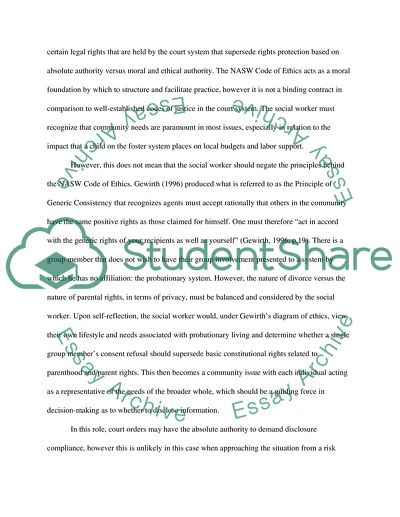Cite this document
(Defining the Ethical Problem and Relevant Research in Ethics Essay, n.d.)
Defining the Ethical Problem and Relevant Research in Ethics Essay. Retrieved from https://studentshare.org/culture/1746369-ethical-dilemma-case-21
Defining the Ethical Problem and Relevant Research in Ethics Essay. Retrieved from https://studentshare.org/culture/1746369-ethical-dilemma-case-21
(Defining the Ethical Problem and Relevant Research in Ethics Essay)
Defining the Ethical Problem and Relevant Research in Ethics Essay. https://studentshare.org/culture/1746369-ethical-dilemma-case-21.
Defining the Ethical Problem and Relevant Research in Ethics Essay. https://studentshare.org/culture/1746369-ethical-dilemma-case-21.
“Defining the Ethical Problem and Relevant Research in Ethics Essay”, n.d. https://studentshare.org/culture/1746369-ethical-dilemma-case-21.


